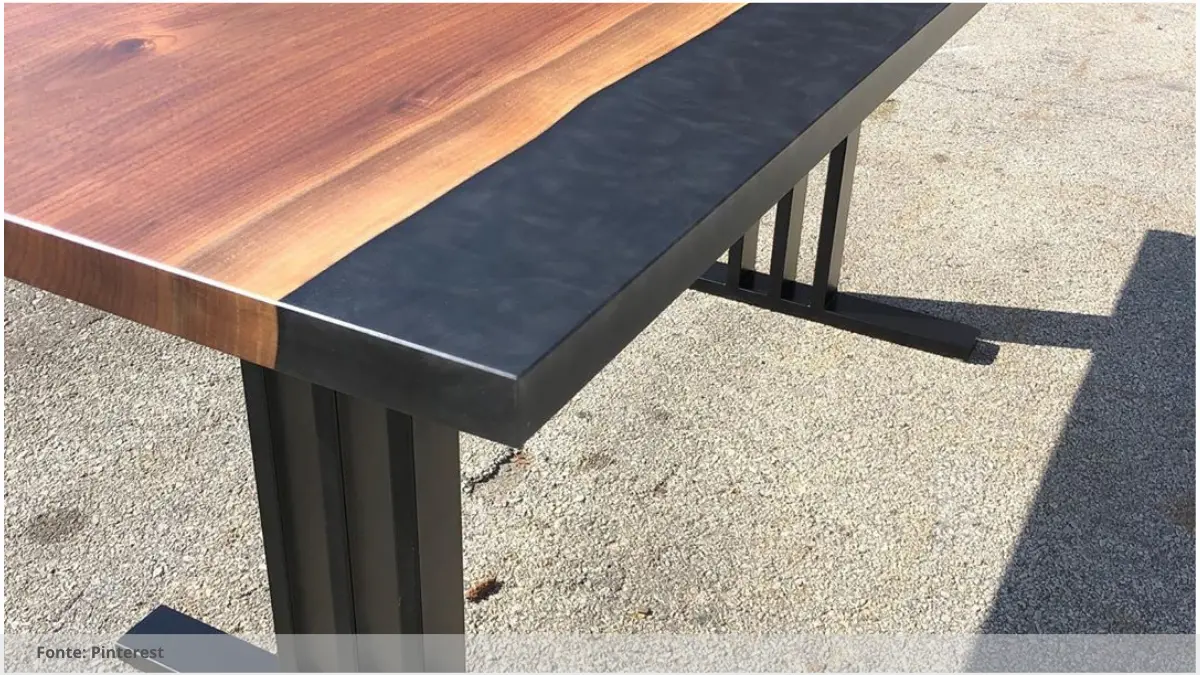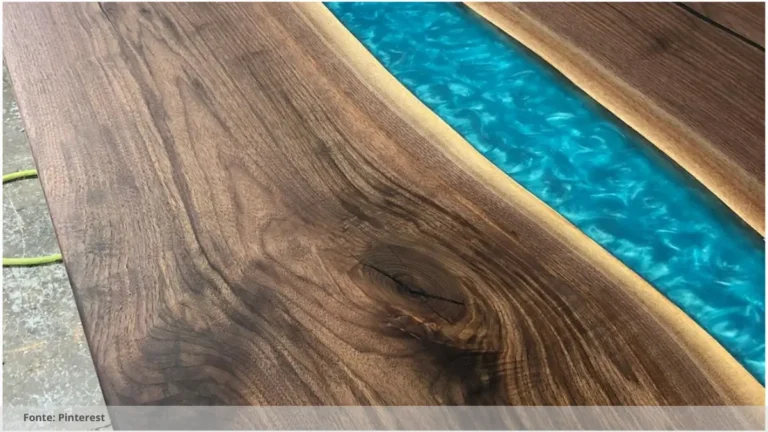
Resin Epoxy Clock: A Step-by-Step Guide to Crafting Your Own Stunning Timepiece
Resin epoxy clock: a modern twist on a classic timepiece
Resin epoxy has become increasingly popular in the crafting world, as it allows for endless creative possibilities. One of the most popular projects using resin epoxy is creating your own unique clock that doubles as a piece of art. By following a few simple steps, you can create a stunning resin epoxy clock that will not only keep you on time but also add a touch of elegance to your home decor.
Gather your materials
Before you begin crafting your resin epoxy clock, you will need to gather all the necessary materials. This includes a clock mechanism with hands, a clock face template, resin epoxy, pigment powders or alcohol inks for coloring, mixing cups and sticks, a silicone mold, and any decorative elements you want to add to your clock.
Prepare your work area
It is important to set up your work area before you start working with resin epoxy. Make sure you have a well-ventilated space and cover your work surface with a disposable plastic tablecloth or wax paper to protect it from any spills or drips. Wear gloves and a mask to protect yourself from any fumes or potential skin irritation.
Mix and pour the resin
Next, mix the resin epoxy according to the manufacturer’s instructions, making sure to mix it thoroughly to avoid any streaks or bubbles. Once the resin is mixed, add your desired pigment powders or alcohol inks to create a unique color palette for your clock. Pour the resin into the silicone mold, filling it up to the top.
Setting the clock mechanism
While the resin is still wet, carefully insert the clock mechanism into the center of the mold, making sure it is securely in place. Allow the resin to cure for the recommended amount of time, typically 24-hours, before removing it from the mold.
Finishing touches
Once the resin epoxy clock has fully cured and been removed from the mold, you can add any finishing touches you desire. This may include sanding down any rough edges, adding decorative elements such as glitter or dried flowers, or painting the clock hands to match your color scheme. Hang your stunning resin epoxy clock on the wall and enjoy your handcrafted masterpiece for years to come.
Read the Recent Articles of the Day by Clicking Here!
One important suggestion for creating your own stunning resin epoxy clock is to carefully measure and mix your resin and hardener according to the instructions provided. Ensuring the correct ratio of resin to hardener is crucial for achieving a strong and durable final product. Additionally, be sure to work in a well-ventilated area and wear appropriate safety gear such as gloves and a mask to protect yourself from fumes and potential skin irritation. Finally, take your time and have patience during the curing process to allow your clock to fully set and harden before handling or hanging it. Following these steps will help you create a beautiful and long-lasting resin epoxy clock that you can proudly display in your home.

Frequently Asked Questions: Resin epoxy clock
What materials do I need to make a resin epoxy clock?
To make a resin epoxy clock, you will need epoxy resin, a clock mechanism, clock hands, a silicone mold, measuring cups, mixing sticks, pigments or dyes, and protective gear like gloves.
Is it difficult to create my own epoxy clock at home?
Creating your own epoxy clock at home can be challenging for beginners due to the precise measurements and curing time involved. However, with patience and practice, it is achievable.
How long does it take for the epoxy to cure?
The curing time for epoxy can vary depending on the type and brand being used, but typically it takes around 24-72 hours for epoxy to fully cure.
Can I customize the design of my resin epoxy clock?
Yes, you can customize the design of your resin epoxy clock by adding inclusions like glitter, paint, or other embellishments, as well as experimenting with different techniques and color combinations.
So, what do you think about this subject? Share your opinion in the comments and let’s continue discussing together!


